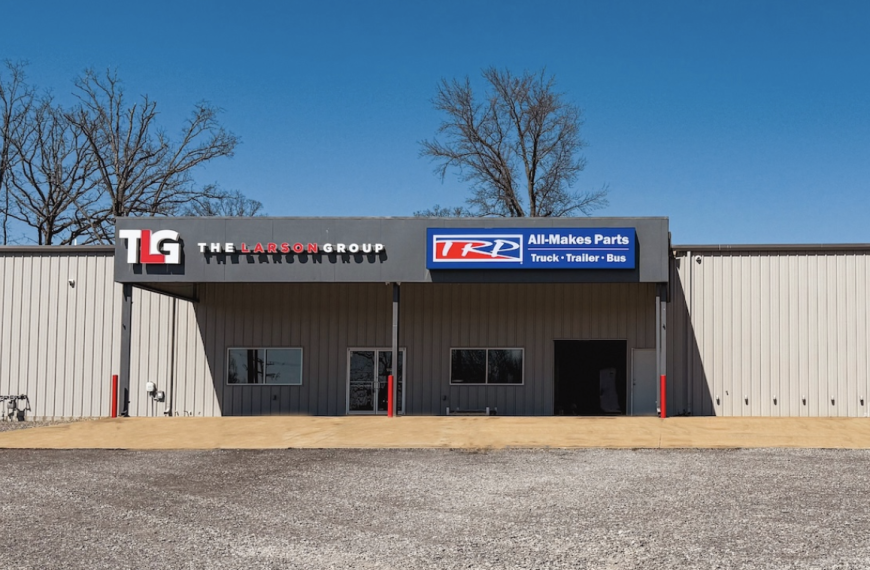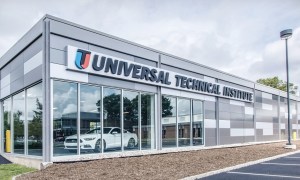The costs of buying and maintaining a car are putting pressure on many Americans, forcing some to make difficult financial and lifestyle decisions.
A recent survey by Big Bear Engine Company found, among other things, that only a quarter of Americans would stop driving a damaged car until they could afford repairs, and over a third have delayed routine maintenance in the past year due to cost concerns.
In 2012, the average car was $30,000. By March 2025, that figure topped $47,000. Used cars, once a budget-friendly alternative, are no longer a solution to high prices as pre-owned car prices spiked during the pandemic and haven’t dropped much since. Now, looming uncertainty around tariffs on vehicles and parts is also adding to consumers’ concerns.
To understand how auto affordability hits home, Big Bear’s survey asked 1,000 drivers how today’s car market is reshaping their budgets, stress levels, and future plans.
Among the survey’s findings are:
- Nearly 1 in 3 Americans have taken on a second job to afford a vehicle, and for Gen Z, that number jumps to 55%
- Only 25% of Americans would stop driving a damaged car until they could afford repairs, posing widespread safety concerns
- 86% of Americans don’t believe they’ll be able to afford a new car within the next year
- Nearly 1 in 4 Gen Z drivers (23%) already use AI tools like ChatGPT for car repairs, with another 11% planning to ditch the mechanic soon
- 67% of Americans couldn’t afford a vehicle if prices rose by just $500 due to tariffs
- 38% of drivers have delayed routine maintenance in the past year due to cost, increasing the risk of breakdowns and accidents
- Inflation is hitting drivers hardest at the pump — 59% say gas prices have increased more than any other expense, followed by insurance (51%) and repairs (36%)
- 44% of Americans have made difficult financial trade-offs due to car costs, including cutting back on groceries or borrowing money from family or friends
- 84% of Americans now drive vehicles more than three years old and nearly half want to upgrade but can’t afford to
The higher cost of vehicle ownership and the necessity of having a car create a difficult financial scenario for many Americans, especially younger generations. Fully 44% of Americans say they’ve had to make a difficult financial decision in the past year due to rising car expenses. These decisions include cutting back on groceries or borrowing money from family and friends.
The financial strain of car ownership hits younger Americans hardest — and not just in how much they spend. Gen Z and millennials are far more likely to make tough trade-offs just to stay on the road.
Nearly 1 in 5 Gen Z drivers (23%) have borrowed money from friends or family to cover auto expenses, and 17% have cut back on groceries or skipped meals. Millennials are close behind, with 16% relying on borrowed money and 13% making similar food-related sacrifices.
In the face of inflation and economic uncertainty, which vehicle expenses are taking the biggest bite out of drivers’ budgets? The survey found:
- Gas: 59%
- Insurance: 51%
- Repairs: 36%
- Vehicle maintenance: 35%
- Registration fees and taxes: 16%
With vehicle costs piling up, a lot of drivers are having to make tough calls. Big Bear asked people what they’ve postponed in the past year because of how expensive it’s gotten to own a vehicle, and the answers say a lot.
Gen Z is the most likely to put off essential car expenses, even when those costs are critical to keeping their vehicles on the road.
- 40% have delayed major repairs
- 51% have delayed routine maintenance
- 38% have delayed car insurance payments
The survey asked folks what happens when a major repair hits or a paycheck disappears.
When a repair is out of reach financially, many drivers are left with a tough decision: keep driving or park it until they can afford the fix. Here’s how long most say they’d wait before getting their vehicle repaired:
- 25% would stop driving until they could afford the repair
- 24% would keep driving for less than a week
- 30% would keep driving for 1-4 weeks
- 9% would keep driving for 1-3 months
- 4% would keep driving for more than 3 months
- 10% would keep driving until it completely breaks down
When it comes to unaffordable repairs, the richest and poorest drivers respond surprisingly similarly. About 1 in 4 drivers in both the lowest (26%) and highest (27%) income brackets say they’d stop driving until they could afford the fix. And when pushed to the edge, 11% of high earners and 12% of low earners admit they’d keep driving until their vehicle completely breaks down.
With vehicle expenses continuing to rise, many drivers are looking for ways to cut costs wherever they can, especially when it comes to repairs. From YouTube tutorials to DIY diagnostics, here’s how Americans are trying to avoid a trip to the mechanic:
- Gen Z is 22 times more likely than Baby Boomers to use AI tools like ChatGPT to help with vehicle issues. Nearly 1 in 4 Gen Z drivers (23%) have already used AI and another 11% plan to — compared to just 1% of Boomers.
- 30% of Gen Z rely on social platforms like TikTok, Facebook, or Instagram for repair guidance — more than double the rate of Gen X (13%).
- Reddit and online forums are also a go-to for 30% of Gen Z, showing a clear preference for crowd-sourced and peer-driven solutions.
Millennials follow closely behind, with 20% already using AI tools for vehicle help and 17% planning to, while their use of social platforms and forums is slightly more reserved than their Gen Z counterparts.








